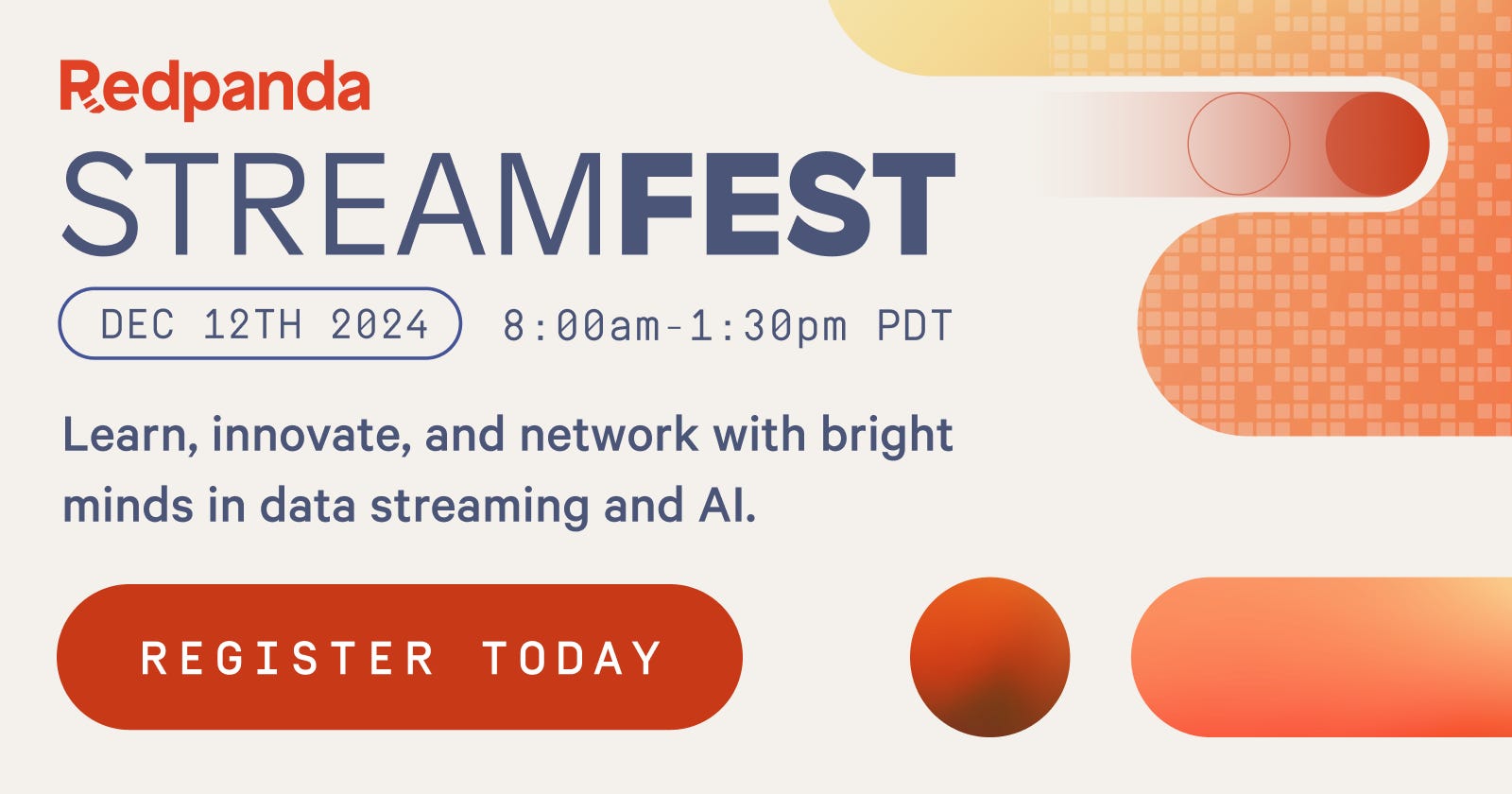- Mailing Lists
- in
- EP139: Design a Live Streaming System
Archives
- By thread 5369
-
By date
- June 2021 10
- July 2021 6
- August 2021 20
- September 2021 21
- October 2021 48
- November 2021 40
- December 2021 23
- January 2022 46
- February 2022 80
- March 2022 109
- April 2022 100
- May 2022 97
- June 2022 105
- July 2022 82
- August 2022 95
- September 2022 103
- October 2022 117
- November 2022 115
- December 2022 102
- January 2023 88
- February 2023 90
- March 2023 116
- April 2023 97
- May 2023 159
- June 2023 145
- July 2023 120
- August 2023 90
- September 2023 102
- October 2023 106
- November 2023 100
- December 2023 74
- January 2024 75
- February 2024 75
- March 2024 78
- April 2024 74
- May 2024 108
- June 2024 98
- July 2024 116
- August 2024 134
- September 2024 130
- October 2024 141
- November 2024 171
- December 2024 115
- January 2025 216
- February 2025 140
- March 2025 220
- April 2025 233
- May 2025 239
- June 2025 303
- July 2025 182
How can leaders protect the health of groups vulnerable to climate risks?
Is your digital strategy failing? Here’s why.
EP139: Design a Live Streaming System
EP139: Design a Live Streaming System
📅Meet your EOY deadlines – faster releases, zero quality compromises (Sponsored)If slow QA processes and flaky tests are a bottleneck for your engineering team, you need QA Wolf. Their AI-native platform, backed by full-time QA engineers, enables their team to create tests 5x faster than anyone else. New tests are created in minutes and existing tests are updated almost instantaneously. ✔️Unlimited parallel test runs Also available through AWS, GCP, and Azure marketplaces. This week’s system design refresher:
API Pagination: Making Billions of Products Scrolling Possible Design a Live Streaming SystemMike Tyson vs. Jake Paul was live-streamed on Netflix last week. Step 1: The streamer starts their stream. The source could be any video and audio source wired up to an encoder Join the Ultimate Streaming Data Event at Redpanda StreamFest! (Sponsored)Don’t miss Redpanda StreamFest 2024, the ultimate streaming data event! Join us virtually on December 12 to explore groundbreaking innovations in real-time data processing. Hear from industry leaders, dive into hands-on workshops, and discover how Redpanda simplifies streaming. Gain insights on trends like Apache Iceberg, GenAI, and event-driven architectures—all designed to help you build faster, smarter applications. Whether you’re a developer, architect, or tech leader, this is your chance to level up. Spots are limited, so sign up today How NAT Made the Growth of Internet PossibleNetwork Address Translation (NAT) is the process that has made the growth of the Internet possible. But how does it work?
NAT has several important uses:
Over to you: What else would you add to better understand NAT? Must Know System Design Building BlocksThese are divided into 6 broad categories
Over to you - Which other building block would you add to the list? SPONSOR USGet your product in front of more than 1,000,000 tech professionals. Our newsletter puts your products and services directly in front of an audience that matters - hundreds of thousands of engineering leaders and senior engineers - who have influence over significant tech decisions and big purchases. Space Fills Up Fast - Reserve Today Ad spots typically sell out about 4 weeks in advance. To ensure your ad reaches this influential audience, reserve your space now by emailing sponsorship@bytebytego.com © 2024 ByteByteGo |
by "ByteByteGo" <bytebytego@substack.com> - 11:54 - 23 Nov 2024




